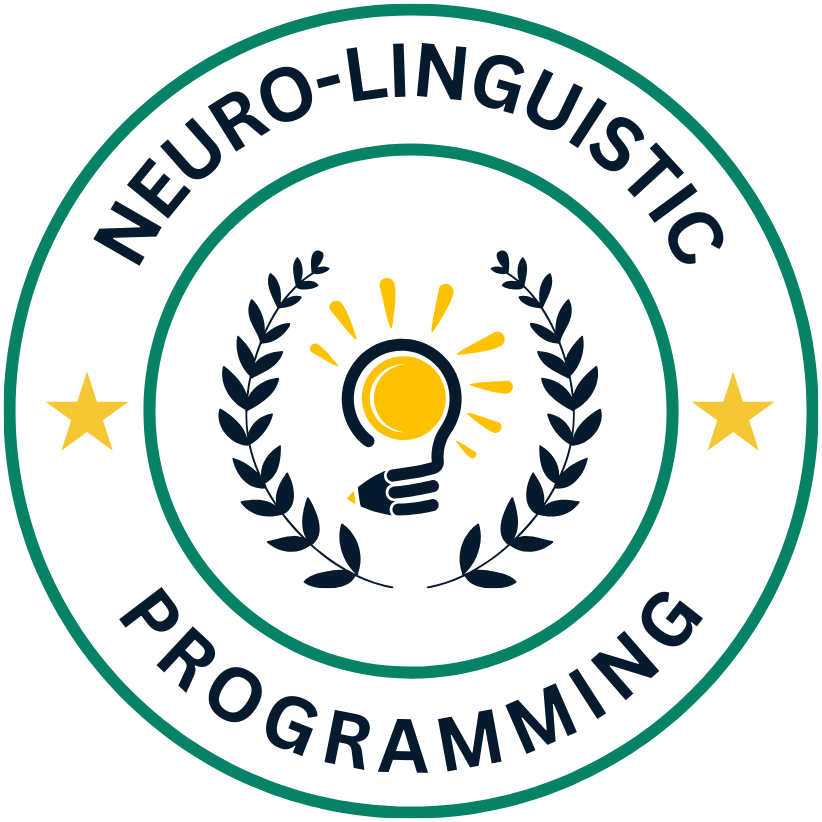Many leaders struggle with finding the right words to motivate their employees effectively. However, with Neuro-Linguistic Programming (NLP) techniques, you can harness the power of language to inspire and drive your team towards success. NLP offers a unique set of tools and strategies to communicate with your employees in a way that resonates with them on a deeper level, leading to increased motivation, productivity, and overall job satisfaction. In this blog post, we will explore the impact of language on employee motivation and how you can leverage NLP techniques to create a positive and empowering work environment.

Fundamentals of NLP
Key Principles of NLP
For a successful implementation of NLP techniques in motivating employees, it is necessary to understand the key principles that form the foundation of Neuro-Linguistic Programming. These principles focus on the idea that the language we use and the patterns of our thoughts greatly influence our behaviors and interactions with others. By leveraging these principles, managers can effectively communicate with employees, foster a positive work environment, and inspire peak performance.
Understanding NLP Presuppositions
The understanding of NLP presuppositions is crucial in harnessing the power of words to motivate employees. These presuppositions are core beliefs that shape the way we perceive the world and can either limit or enhance our potential for success. By embracing NLP presuppositions such as ‘The map is not the territory’ and ‘People work perfectly’, managers can cultivate a mindset of flexibility, empathy, and empowerment in their leadership approach, leading to improved employee motivation and engagement.
It is important to note that NLP presuppositions are not meant to be taken as absolute truths but rather as guiding principles that can help individuals adapt their perspectives and behaviors towards more positive outcomes. By internalizing these presuppositions, managers can enhance their communication skills, build stronger relationships with employees, and ultimately drive performance improvement within their teams.
NLP Techniques for Motivation
Even in today’s fast-paced business world, the power of words remains a critical tool in motivating employees. By incorporating Neuro-Linguistic Programming (NLP) techniques, leaders can enhance their communication skills and drive performance within their teams. For further insights into how NLP can enrich leadership abilities, check out 10 Ways NLP Enhances Leadership.
The Meta Model – Clarifying Language for Empowerment
Meta-model techniques help leaders clarify vague or limiting language used by employees, opening up opportunities for empowerment and growth. By asking specific questions to challenge and expand the employee’s thinking, leaders can guide them towards clearer communication and more effective problem-solving.
The Milton Model – Persuasive and Influential Communication
Influential communication using the Milton Model involves using language patterns that resonate with the subconscious mind of employees, leading to persuasive and motivational messages. By mastering techniques such as artful vagueness and embedded commands, leaders can inspire action and commitment in their teams.
Clarifying and utilizing the Milton Model allows leaders to create a compelling narrative that captivates employees’ attention and influences their beliefs and behaviors positively.
Anchoring – Instilling Positive States in Employees
Milton techniques focus on anchoring positive emotions and states in employees to enhance motivation and productivity. By associating specific triggers (anchors) with desired states, such as confidence or enthusiasm, leaders can help employees access these empowering feelings whenever needed, leading to improved performance and job satisfaction.
To create strong anchors, leaders must pair the desired emotional state with a unique stimulus consistently, reinforcing the association over time and establishing a powerful tool for motivating their teams effectively.
Applying NLP in Daily Management
Goal Setting with Well-Formed Outcomes
For effective goal setting with well-formed outcomes, it is crucial to guide your employees through a structured process that ensures their goals are specific, achievable, and aligned with the overall objectives of the organization. By using NLP techniques such as visualisation and reframing, managers can help employees clarify their goals, overcome obstacles, and stay motivated to achieve them.
Rapport Building – The Foundation of Influential Leadership
Management recognizes the importance of rapport building as the foundation of influential leadership. By establishing a strong connection with employees, managers can create a positive work environment where trust, respect, and open communication thrive. NLP techniques like matching and mirroring can be employed to build rapport effectively, leading to better engagement, productivity, and teamwork within the organization.
With rapport building being necessary in influencing others, managers can also utilize NLP techniques such as pacing and leading to establish a deeper connection with employees. By mirroring the verbal and non-verbal behaviors of their team members, managers can build rapport and create a sense of unity, which is crucial for effective leadership.
Overcoming Challenges with NLP
Reframing Negative Situations
Your employees may face challenges that can affect their motivation and performance. An effective way to address this is by utilizing NLP techniques to reframe negative situations. By helping your employees see these challenges from a different perspective, you can empower them to overcome obstacles and turn setbacks into opportunities for growth.
Addressing Resistance and Limiting Beliefs
Negative beliefs and resistance can hinder your employees’ progress and impact their mindset. By addressing these obstacles using NLP, you can help them break free from limiting beliefs and resistance patterns. NLP techniques such as reframing, visualization, and anchoring can be powerful tools to shift their perspectives and instill a positive mindset for success.
Resistance is a common reaction to change or challenges in the workplace. By acknowledging and addressing this resistance using NLP techniques, such as rapport building and reframing, you can help your employees embrace change and overcome limiting beliefs. Creating a supportive and open environment for communication is key to successfully addressing resistance.
Conclusion
So, in conclusion, utilizing NLP techniques to motivate your employees can significantly enhance their performance, engagement, and overall well-being in the workplace. By carefully choosing words, language patterns, and non-verbal communication, you can create a positive and empowering environment that fosters growth and success. Implementing these strategies will not only benefit your employees but also strengthen the overall productivity and success of your organization. Note, the power of words is immense – use it wisely to inspire and motivate your team to achieve greatness.
FAQ
Q: What is NLP?
A: NLP, or Neuro-Linguistic Programming, is a psychological approach that involves analyzing strategies used by successful individuals and applying them to reach a personal goal.
Q: How can NLP techniques be used to motivate employees?
A: NLP techniques can be used to motivate employees by helping them develop a positive mindset, set clear goals, improve communication, and enhance their overall performance.
Q: What are some NLP techniques that can be used to motivate employees?
A: Some NLP techniques that can be used to motivate employees include reframing negative thoughts, setting SMART goals, using positive affirmations, and practicing visualization exercises.
Q: How can language be used to motivate employees using NLP?
A: Language can be used to motivate employees using NLP by using words that inspire, encourage, and empower them to take action towards their goals. Positive language can help create a motivating work environment.
Q: How can leaders apply NLP techniques to motivate their teams?
A: Leaders can apply NLP techniques to motivate their teams by using effective communication strategies, providing constructive feedback, setting achievable goals, and creating a positive work culture that supports employee growth and development.
Q: What are the benefits of using NLP techniques to motivate employees?
A: The benefits of using NLP techniques to motivate employees include improved job satisfaction, increased productivity, enhanced teamwork, higher employee engagement, and a positive work environment that fosters creativity and innovation.
Q: How can employees benefit from learning NLP techniques for motivation?
A: Employees can benefit from learning NLP techniques for motivation by gaining self-awareness, developing resilience, enhancing their communication skills, setting and achieving goals, and improving their overall performance and job satisfaction.



